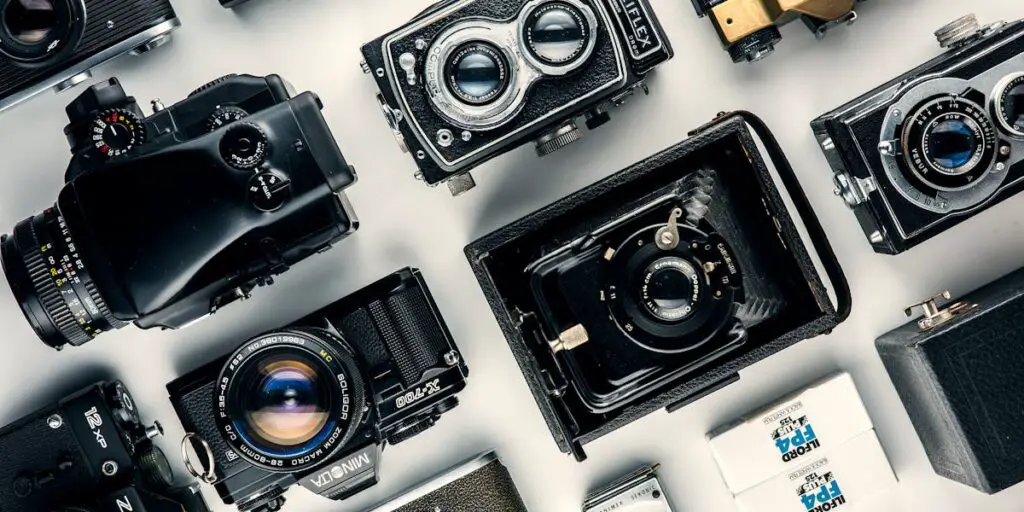Optics: Ray Optics and Optical Instruments
Introduction
Optics is the branch of physics that deals with the study of light and its interactions with matter. Ray optics, also known as geometrical optics, focuses on the propagation of light in terms of rays. This article explores the principles of ray optics, including reflection, refraction, and the functioning of various optical instruments.
Reflection of Light
Reflection is the change in direction of light when it bounces off a surface. The law of reflection states that the angle of incidence is equal to the angle of reflection. Mirrors are common devices that use the principle of reflection.
Example:
When light hits a plane mirror at an angle of 30 degrees, it reflects off the mirror at the same angle of 30 degrees.
Refraction of Light
Refraction is the bending of light as it passes from one medium to another with different densities. The law of refraction, or Snell’s law, states that the ratio of the sines of the angles of incidence and refraction is constant and is equal to the ratio of the refractive indices of the two media.
Snell’s law: n1 * sin(θ1) = n2 * sin(θ2)
Example:
When light passes from air (n1 = 1) into water (n2 = 1.33), it bends towards the normal. If the angle of incidence is 45 degrees, the angle of refraction can be calculated using Snell’s law.
sin(θ2) = (n1/n2) * sin(θ1) = (1/1.33) * sin(45) ≈ 0.53
θ2 ≈ 32 degrees
Lenses
Lenses are transparent objects with curved surfaces that refract light to converge or diverge it. There are two main types of lenses: convex (converging) and concave (diverging). Lenses are used in various optical instruments to focus light and form images.
Example:
A convex lens can be used to focus sunlight to a point, creating a bright spot that can burn paper.
Optical Instruments
Optical instruments use lenses and mirrors to manipulate light and form images. Some common optical instruments include:
- Microscope: Uses lenses to magnify small objects.
- Telescope: Uses lenses and mirrors to view distant objects.
- Camera: Uses lenses to focus light onto a photosensitive surface to capture images.
- Eyeglasses: Use lenses to correct vision by converging or diverging light rays to focus images on the retina.
Example:
Consider a microscope that uses a convex lens to magnify an object. The lens focuses light from the object to form an enlarged image that can be viewed through the eyepiece.
Dispersion of Light
Dispersion is the splitting of light into its component colors due to varying refractive indices for different wavelengths. This phenomenon is observed in prisms and rainbows.
Example:
When white light passes through a glass prism, it splits into a spectrum of colors, with each color bending at a different angle due to its wavelength.
Conclusion
Understanding the principles of ray optics and the functioning of optical instruments is essential for exploring the behavior of light and its applications in technology. Reflection, refraction, lenses, and dispersion are fundamental concepts that form the basis of many optical devices we use daily.
Read more in Hindi: विकिरणिकी: किरण विकिरणिकी और ऑप्टिकल उपकरण




